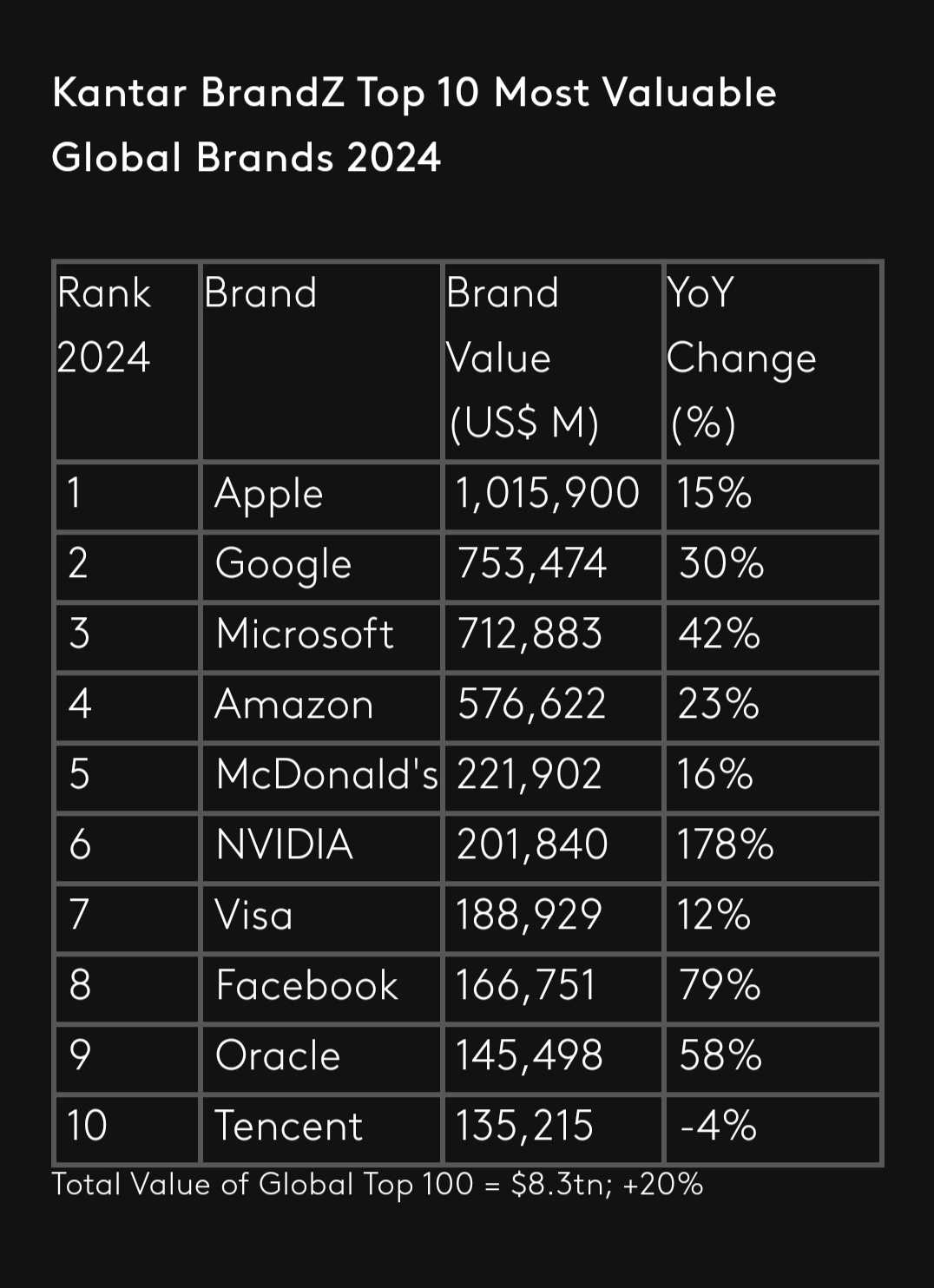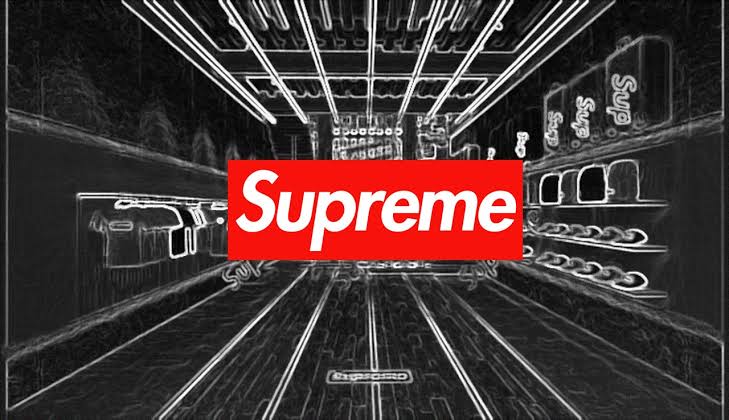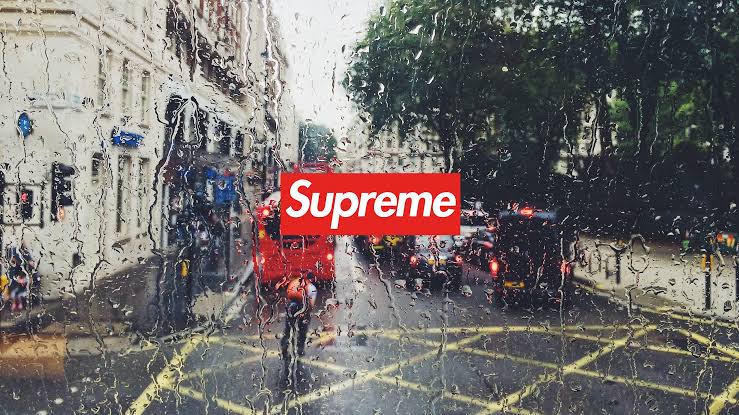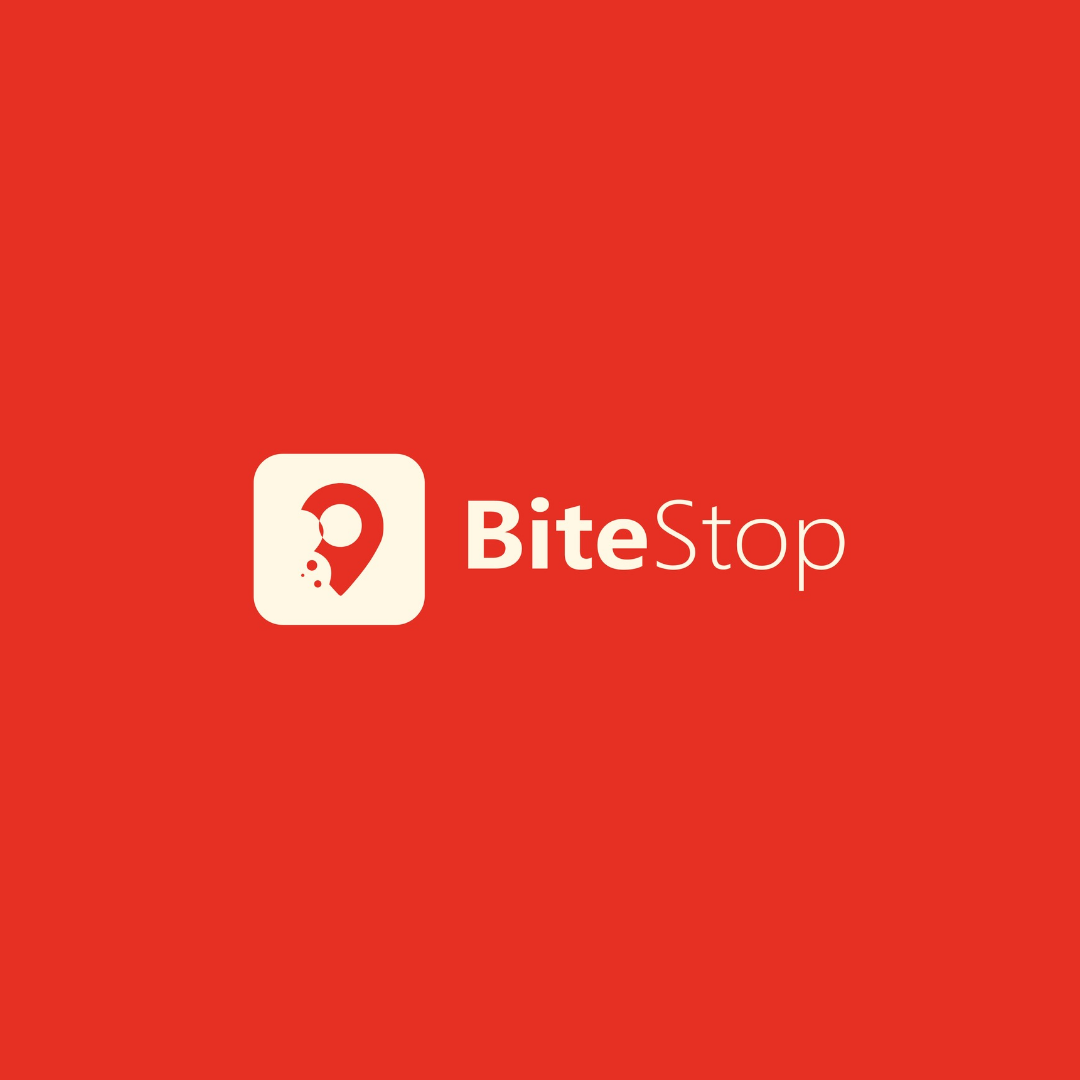Back
Inactive
AprameyaAI • 11m
In 2010, Dollar Shave Club launched with a business model that seemed ridiculous on paper—sell razors online for a dollar a month. Who’s going to buy razors from the internet when they can just grab them from the store, right? Fast forward to 2016, and Dollar Shave Club was acquired by Unilever for $1 billion. What seemed like a crazy idea turned into a massive success. So, how do you build a brand that doesn’t make sense on paper, but works? 1. Find a real pain point – Dollar Shave Club didn’t sell razors; they sold convenience. They solved the annoyance of overpriced razors locked up in drugstores. 2. Own your narrative – Their viral launch video wasn’t about fancy features. It was funny, simple, and relatable. They built a brand personality that resonated. 3. Focus on your niche – They didn’t try to sell to everyone. They targeted men who wanted a no-frills, affordable solution. Start small, then scale. 4. Turn skeptics into believers – When your idea is unconventional, use social proof. Testimonials, reviews, and word of mouth can turn heads and build trust. 5. Embrace the unexpected – Brands that don’t make sense on paper often win because they break the mold. People remember what’s different, not what’s “normal.” So, don’t be afraid if your brand doesn’t fit the traditional playbook. If it solves a problem, tells a compelling story, and stands out, it might just be the next Dollar Shave Club. Agree ?
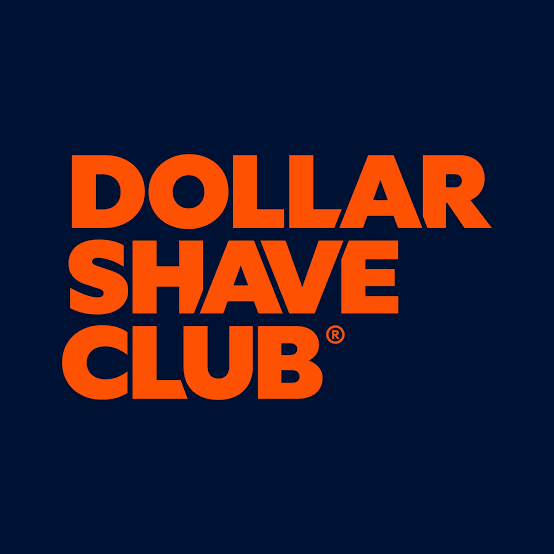
Replies (8)
More like this
Recommendations from Medial
Sairaj Kadam
Entrepreneur • 11m
Do you think that LOW COST can generate HIGH RETURNS? Don’t believe this is possible? Well, it is. Take the example of Dollar Shave Club. They started with a simple idea, offering affordable razors through a subscription model, cutting out the middl
See MoreRajan Paswan
Honorary Mentions - ... • 1y
Hack Used By Startup #4 Beating Competition With Humour!!! The Challenge: Dollar Shave Club (DSC) wanted to shake up the pricey razor market but faced a big problem – not enough people knew about them. Competing against big brands with huge marketin
See MoreShrinivas Bhalerao
Founder @KraftBags.s... • 1y
This covert marketing strategy provoked controversy about whether the business was taking advantage of the circumstance. Criticism rapidly followed, with the OP stating, "The kid would like this episode to end as soon as possible." But no! A brand wa
See More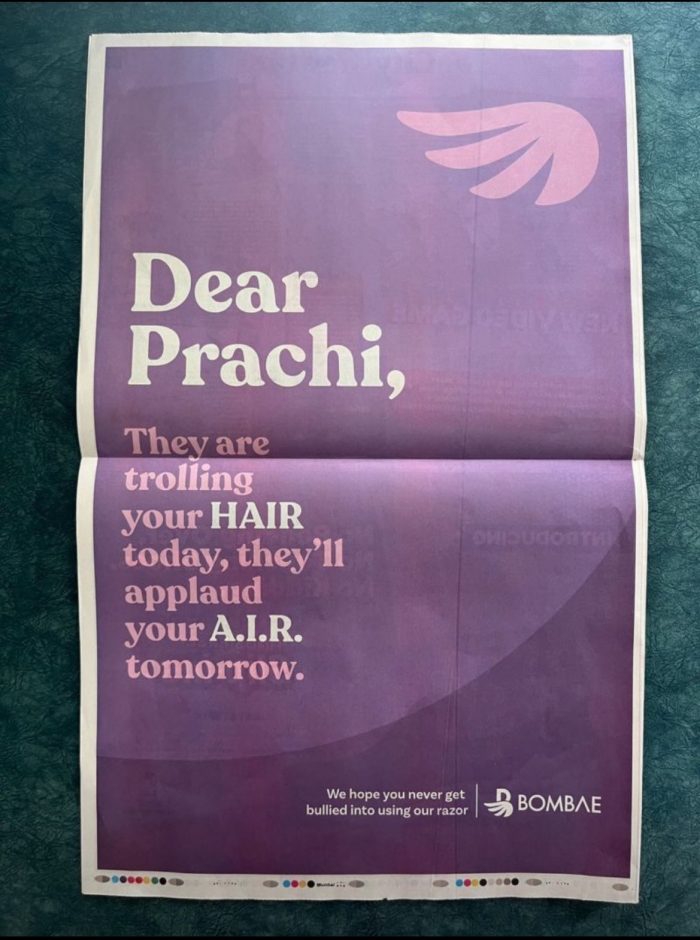
Vivek Joshi
Director & CEO @ Exc... • 3m
In a world dominated by colossal brands, young startups have a unique superpower: agility. In this video, we explore transformative strategies that empower startups to disrupt major players and thrive in niche markets. Discover how to leverage digita
See More
Anonymous
Hey I am on Medial • 7m
I guess PW (Physicswallah) has the worst management system. As a company the biggest problem they have is everyone is doing everything the way they want to do it. We recently did a very high project with them and had a very bad experience working wit
See MoreDownload the medial app to read full posts, comements and news.















